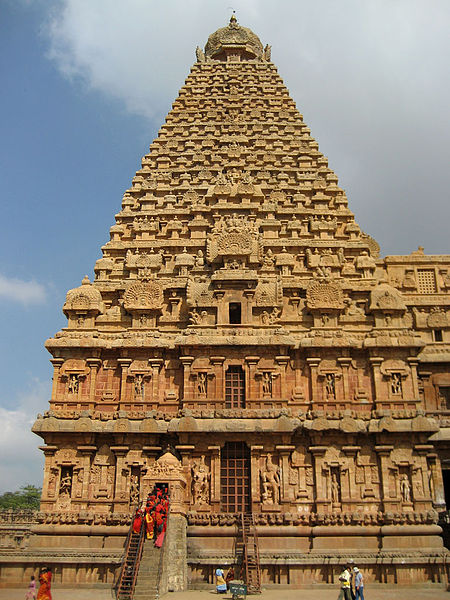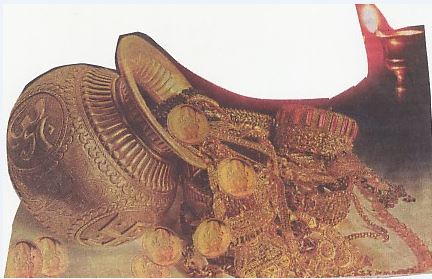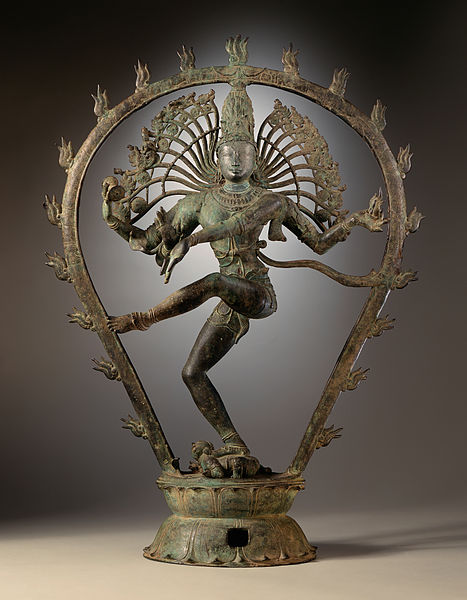




Indian civilization is one of the important civilizations of the world since ancient time. Gold, gold coins and gold ornaments are part of the Indian society. Gold is associated with religious and social ceremonies in India. There are occasions like marriage and child birth where use of gold and ornaments are common. Gift and presentations are also presented along with presentations of rings, necklace and coins. People donate gold ornaments, coins and gold bars to religious institutions like Temples and Gurudwaras. The Kings, Princes, and Zamindars (Land Lords) used to donate gold ornaments, gold coins and gems in huge numbers to religious shrines. The kings used to have large collection of gold coins, gold bars and ornaments. The invaders from Afghanistan, Turkey and Central Asian region invaded India and looted huge amount of gold ornaments, coins, bars and gemstones from time to time.
So, right from the early days, it was quite well known that India was very rich in Gold. The India traders used to get gold from Indonesia, Malaysia, Thailand, Sri Lanka, China and Arab countries in exchange of Indian textiles, spices, iron and steel products and herbal medicines. The rulers of every Indian state collected gold from their own territories.
The Indian peninsula is mostly composed of granites and granitic rocks. Gold deposits are found in every state of India. The states of Odisha, Jharkhand, West Bengal, Meghalaya, Chhattisgarh, Andhra Pradesh, Madhya Pradesh, Rajasthan, Gujarat, and Maharashtra, Karnataka, Kerala and Tamil nadu are having many gold deposits. Prior to 1947 the local people used to collect gold particles from placer deposits from the river and stream beds. The gold particles are collected by panning of heavy sands. Regular and scientific mining of gold was started by Tip sultan of Mysore near Kolar. The mining activity continued after takeover of Kolar mines by the British Government under the control of Maharaja of Mysore. Similarly Gold mining was also carried out in the territory of Hyderabad State under the control of Nizam. Both these mines are now not in operation due to low availability of gold particles. The only operating mines in India are the Huti Gold Mines in the state of Karnataka. After the merger of princely states in Indian Union during 1947 the gold mining activities are taken over by the government of India. No private mining of gold is allowed. Even local collection of gold by panning from placer deposits was banned.
The supply of gold was only from mining form Huti gold mines. The population of India grew considerably. The income level of people also increased since 1947. The Indian middle class increased to a large population size of more than 200 million. There is increase in the demand of gold, gold coin and gold ornaments. Due to religious and social activities the demand is on rise every year. To fill the gap of demand and supply of gold, there is smuggling of gold coins and bars, through Dubai, Singapore and Bangkok into Indian cities. After the liberalization of India economy the import of gold was made liberal. As a result there is large scale import of gold into India to meet the growing domestic demand of Indian population. India became the second biggest importer of gold after China with and annual import of 1000 tons of gold by the end of 2012. This has drained out a major amount of dollar reserve from the Indian reserve. After crude import gold import become the second item of import.
Due to inflationary economic condition and slow growth of the Indian economy there is very low investment in India since 2011. There is flight of foreign capitals to, other profitable destinations of developed economies. Due to high cost of importing crude there is pressure on foreign exchange reserve in India. The Indian currency Rupees became cheaper with respect to Dollar. So the Government of India put restrictions on import of gold and increased the duties on import of Gold. But the demand for gold remained and may increase regularly. So to meet the gap of demand and supply there is possibility of coming of gold through smuggling network.
To increase the gold production in the country the Government of India has to liberalize the mining activity of gold. The collection of gold through panning from the river beds may be allowed with issuance of license to individual collections or organizations. The state government may be allowed to coordinate with the mining companies for exploration and mining of gold in their respective territories. Old mines and low grade deposits may be exploited with the use of modern technology. Excavated rocks and earths from Kolar gold mines and Huti gold mines may be reused for extraction on gold traces by use of modern methods of gold extraction. The Reserve Bank of India and State Bank of India may release some gold to market. The temple trust may be persuaded to release some gold to the market to meet the growing demand of gold in India. Besides that the Government India should tie up with some gold producing countries for supply of gold to India on a long term basis. The people may be encouraged to release some of their gold deposits against gold bonds. These measures may help in saving dollars and the local demands of gold may be met without much problem.